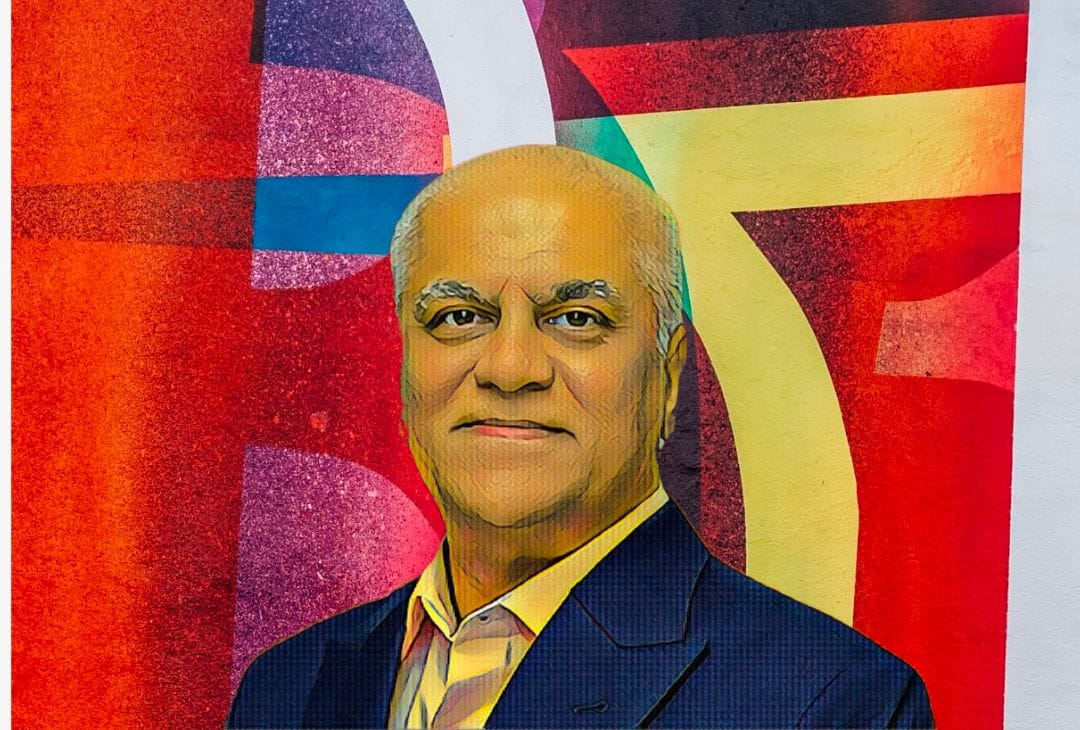Bank linked to Tanzanian billionaire brothers eyes expansion into three African countries

In a strategic move to deepen its operations in the Southern African market, CRDB Bank, linked to Tanzanian billionaire brothers Aunali and Sajjad Rajabali, has unveiled plans to expand its footprints into three African countries: Zambia, Comoros, and Malawi.
This expansion comes on the heels of the bank’s rapid growth in the East African region and aligns with its 2023–2027 strategic plan.
Following its successful entry into the Democratic Republic of Congo (DRC) market, CRDB Bank, partly owned by the Rajabali brothers, is poised to become the first Tanzanian bank to establish a presence in Zambia, Comoros, and Malawi.
Headquartered in Dar es Salaam and with a significant operational presence in Burundi, CRDB Bank is a major player in the East African financial services industry.
As the largest bank in Tanzania in terms of assets, customer deposits, and lending, CRDB Bank boasts total assets of nearly Tsh12 trillion ($5.1 billion) as of the first quarter of this year.
The Rajabali brothers, considered two of Tanzania’s richest individuals, own a combined 2.6-percent stake in CRDB Bank, valued at more than $12.5 million, making them top shareholders on the Dar es Salaam Stock Exchange.
Zambia, Comoros, and Malawi are prominent member countries within the Southern Africa Development Community.
By entering these markets, CRDB Bank demonstrates its unwavering dedication to expanding its presence in the region and bolstering its financial performance, thereby reinforcing its earnings and revenue streams.
In 2022, the leading bank witnessed an impressive 31-percent surge in its net profit, soaring to Tsh351.4 billion ($148.7 million) from Tsh268.2 billion ($113.4 million) in 2021.
The remarkable growth was primarily fueled by a substantial 15.5 percent year-on-year rise in net interest income, propelled by the bank’s expanding loan book.
As a testament to its robust financial performance, the bank successfully maintained a healthy NPL (non-performing loan) ratio of 2.8 percent, significantly below the regulatory requirement of five percent.